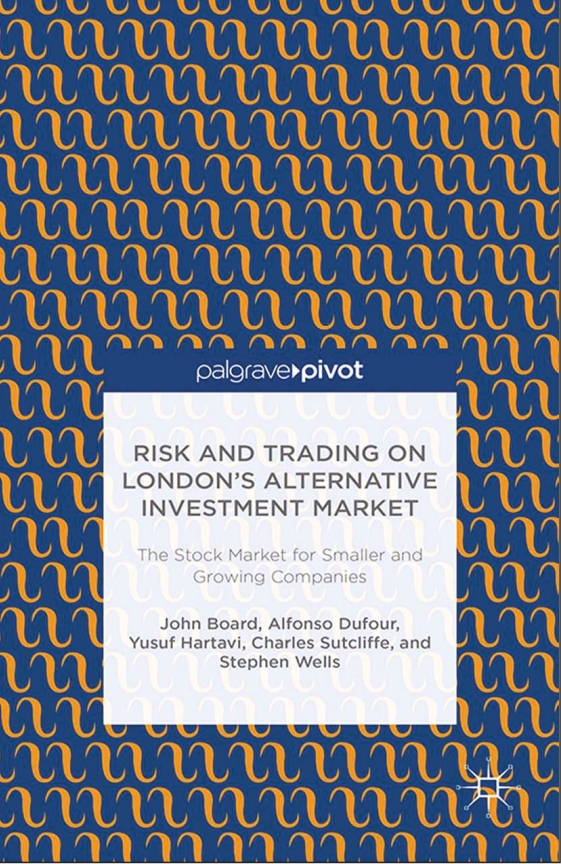Risk and Trading on London’s Alternative Investment Market: The Stock Market for Smaller and Growing Companies by John Board, Alfonso Dufour, Yusuf Hartavi, Charles Sutcliffe, Stephen Wells

1 Introduction
Abstract: We conduct an extensive empirical study
comparing the relative riskiness of two UK equity markets
run by the London Stock Exchange: AIM the market for
growth companies versus the Main Market, the market for
more established companies. AIM has been a considerable
success. Even by its survival over 19 years it has succeeded
in relation to similar markets in other countries. During
that period it has seen rapid growth and has emerged as
the market of choice for smaller, newer companies in the
UK and increasingly elsewhere. Investors often perceive
AIM as riskier than the Main Market for comparable
stocks. At a superficial level we find that AIM stocks may
seem more risky than comparable Main Market stocks, but
as the analysis is refined to ensure that the comparisons
focus purely on the effect of being on different markets the
difference shrinks and finally disappears. This conclusion
concurs with the market practitioner’s view that there is no
significant risk differential.
Board, John et al. Risk and Trading on London’s Alternative
Investment Market: The Stock Market for Smaller and
Growing Companies. Basingstoke: Palgrave Macmillan,
2015. doi: 10.1057/9781137361301.0005.
The alternative investment market (AIM) has been a considerable success
for the London Stock Exchange (LSE). Even by its survival over 19 years
it has succeeded in relation to similar markets in other countries. Since
its opening in 1995 it has grown steadily to reach 1,100 listed companies
with a market value exceeding £76bn by 2014, and it has emerged as the
market of choice for smaller, newer companies in the United Kingdom,
and increasingly beyond the United Kingdom. This success has come
even though recent years have not been kind to most second-tier markets
and several have closed. AIM’s success is said to be partly a reflection of
its regulatory standards and also because its marketing has targeted a
wide range of companies rather than focussing on high-tech companies.
We conducted a study into the continuing perception that AIM
remains riskier than corresponding stocks on the LSE’s Main Market
(obviously, AIM stocks can be expected to be more risky than blue-chip
stocks). A result showing that AIM is not inherently more risky would
be useful in addressing this perception. Conversely, if the results show
that AIM stocks are indeed more risky, the analysis may help exchanges
when considering regulatory and marketing policies and regulators
when developing the regulatory infrastructure in a competitive environment
with alternative providers of trading services.




